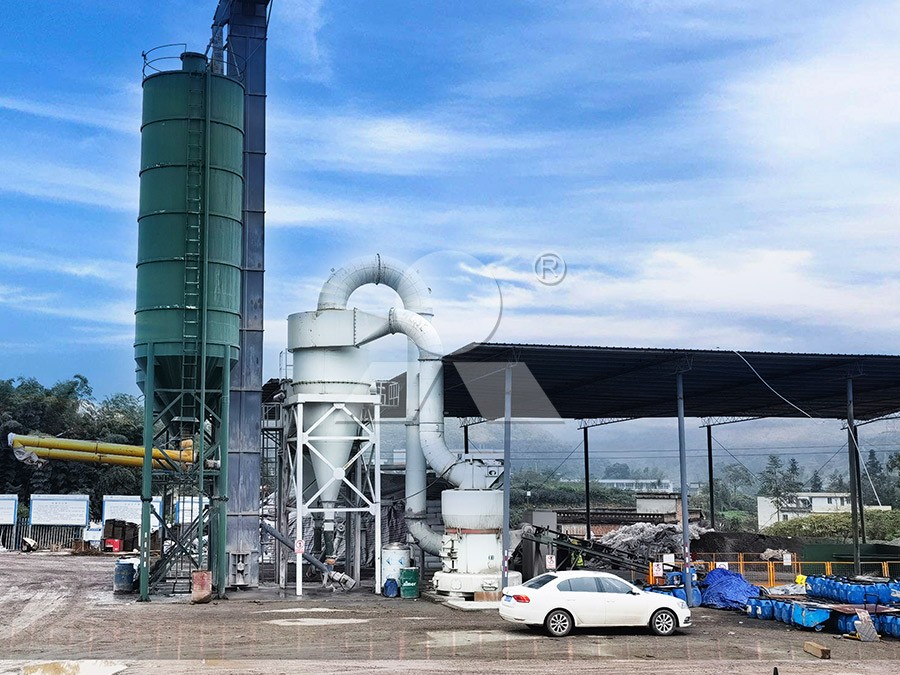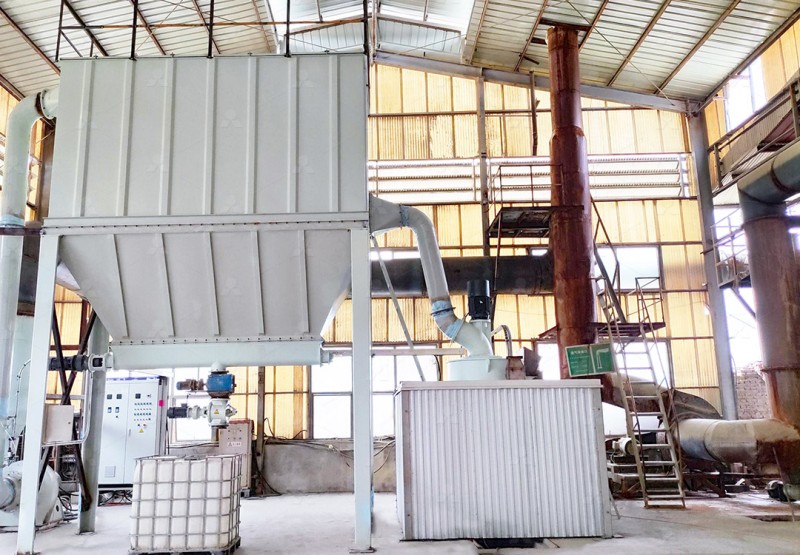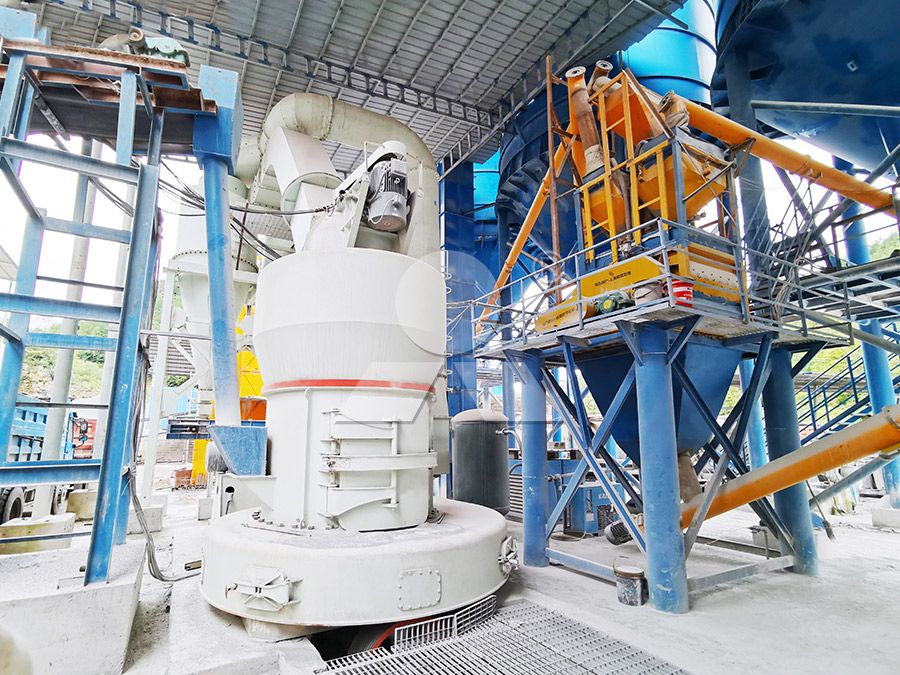Quartz Sand Grinding Mill Processing Equipment: A Comprehensive Guide
Quartz Sand Grinding Mill Processing Equipment
Quartz sand, one of the most abundant minerals on Earth, requires specialized processing equipment to achieve the precise particle sizes demanded by various industries. From construction materials to high-tech electronics, the quality of ground quartz powder directly impacts final product performance. Selecting the right grinding mill involves careful consideration of material characteristics, production requirements, and operational efficiency.

The grinding process for quartz sand presents unique challenges due to its hardness (7 on the Mohs scale) and abrasive nature. Traditional grinding equipment often suffers from rapid wear, inconsistent particle distribution, and high energy consumption. Modern grinding solutions address these issues through advanced engineering and innovative design features.
Key Considerations in Quartz Sand Grinding
When processing quartz sand, several factors demand attention. Feed size distribution, moisture content, and the desired final product fineness all influence equipment selection. Additionally, production capacity requirements and space constraints play crucial roles in determining the optimal grinding solution. Environmental considerations, particularly dust control and noise reduction, have become increasingly important in today’s regulatory landscape.
Operational efficiency extends beyond simple throughput calculations. Energy consumption per ton of processed material, maintenance requirements, and spare parts availability significantly impact total operating costs. The most advanced grinding mills incorporate features that address these concerns while maintaining consistent product quality.

Advanced Grinding Solutions for Superior Results
Among the available options, the MW Ultrafine Grinding Mill stands out for quartz sand processing applications. This innovative equipment handles input sizes up to 20 mm with production capacities ranging from 0.5 to 25 tons per hour. The mill’s design specifically addresses the challenges of ultra-fine powder production while maintaining operational efficiency.
The MW series incorporates several technological advancements that make it particularly suitable for quartz processing. Its higher yielding capacity combined with lower energy consumption represents a significant improvement over traditional grinding methods. The mill achieves 40% higher production capacity compared to jet grinding mills and double the output of ball grinding mills at equivalent fineness levels, while reducing system energy consumption to just 30% of jet grinding mill requirements.
Technical Innovations in Modern Grinding
The MW Ultrafine Grinding Mill features adjustable fineness between 325-2500 meshes, providing exceptional flexibility for different application requirements. This precision is achieved through German cage-type powder selector technology, which effectively increases powder separation accuracy. The multi-head cage-type powder selector can be configured according to specific production needs, achieving screening rates of d97≤5μm in a single pass.
Notably, the grinding chamber design eliminates rolling bearings and screws, addressing common failure points in traditional grinding equipment. This innovative approach prevents damage to bearing and sealing components while eliminating machine damage caused by loose screws. External lubrication capability allows for continuous 24-hour operation without shutdowns for maintenance.

Environmental performance is another standout feature. The integrated efficient pulse dust collector ensures no dust pollution during operation, while silencers and noise elimination rooms reduce acoustic impact. The entire production system complies with national environmental protection standards, making it an environmentally responsible choice.
Frequently Asked Questions
What is the maximum input size for the MW Ultrafine Grinding Mill?
The MW Ultrafine Grinding Mill accepts input sizes from 0-20 mm, making it suitable for various quartz sand processing requirements.
How does the energy consumption compare to traditional grinding mills?
The MW series reduces energy consumption by approximately 70% compared to jet grinding mills and offers significantly higher efficiency than ball grinding mills.
What fineness range can be achieved with this equipment?
The mill produces powders ranging from 325 to 2500 meshes, with the capability to achieve d97≤5μm in a single processing stage.
How does the equipment address environmental concerns?
The integrated pulse dust collector eliminates dust pollution, while noise reduction features maintain operational noise at acceptable levels, ensuring full compliance with environmental standards.
What maintenance advantages does this mill offer?
The absence of rolling bearings and screws in the grinding chamber reduces maintenance requirements, while external lubrication enables continuous operation without shutdowns for maintenance.
